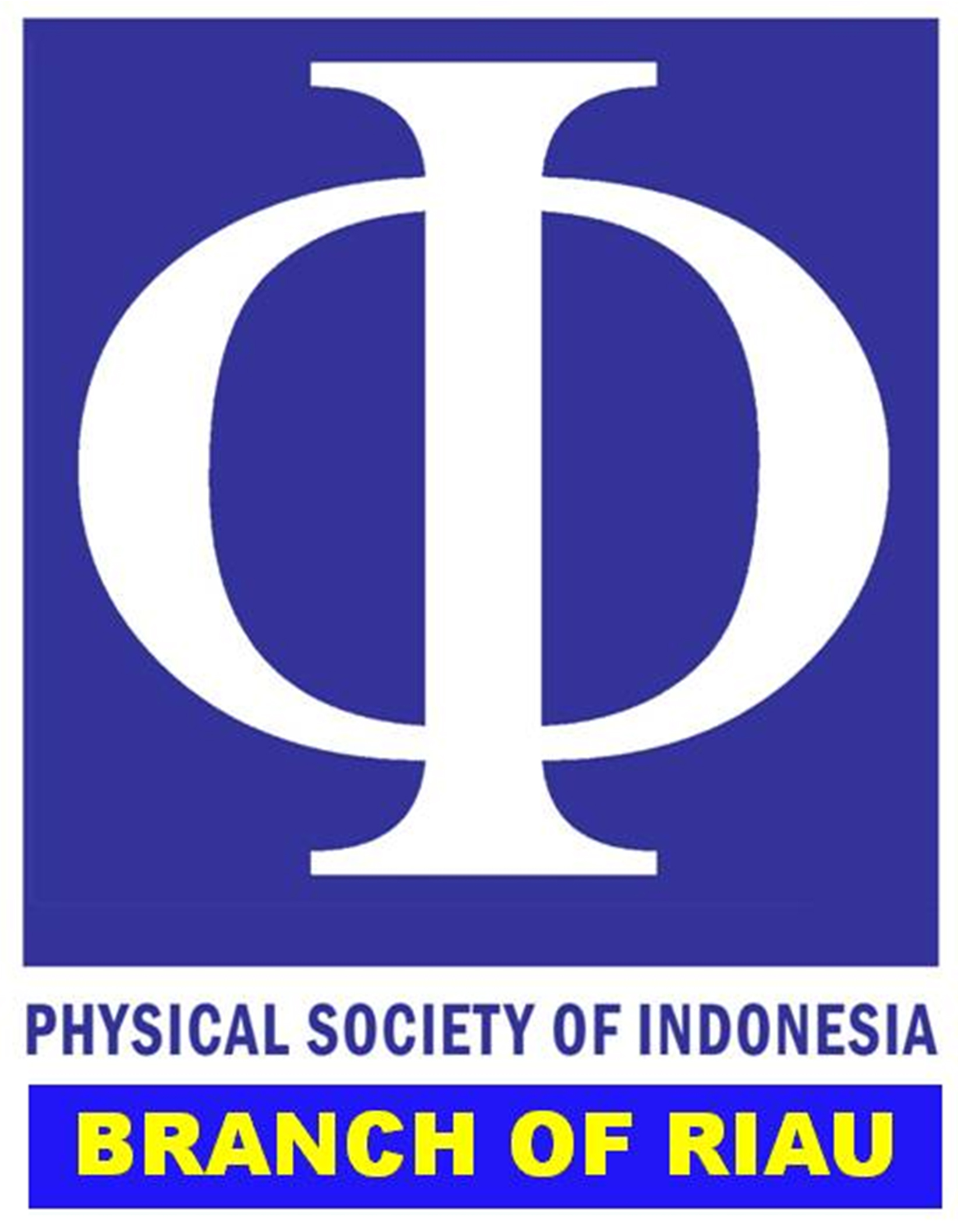Preliminary study on the potential use of Averrhoa bilimbi L. as a supercapacitor electrode material
Abstract
Keywords
Full Text:
PDFReferences
1. Zhang, Q., & Wei, K. (2024). A comparative study of fractional-order models for supercapacitors in electric vehicles. International Journal of Electrochemical Science, 19(1), 100441.
2. Phor, L., Kumar, A., & Chahal, S. (2024). Electrode materials for supercapacitors: A comprehensive review of advancements and performance. Journal of Energy Storage, 84, 110698.
3. Wang, Q., Ma, Y., Liang, X., Zhang, D., & Miao, M. (2019). Flexible supercapacitors based on carbon nanotube-MnO2 nanocomposite film electrode. Chemical Engineering Journal, 371, 145–153.
4. Zhang, J., Gu, M., & Chen, X. (2023). Supercapacitors for renewable energy applications: A review. Micro and Nano Engineering, 21, 100229.
5. Vazhayil, A., Thomas, J., Thomas, T., Hasan, I., & Thomas, N. (2024). Mn-substituted NiCo2O4/rGO composite electrode for supercapacitors and their electrochemical performance boost by redox additive in alkaline electrolyte. Journal of Energy Storage, 84, 110789.
6. Arkhipova, E. A., Novotortsev, R. Y., Ivanov, A. S., Maslakov, K. I., & Savilov, S. V. (2022). Rice husk-derived activated carbon electrode in redox-active electrolyte–new approach for enhancing supercapacitor performance. Journal of Energy Storage, 55, 105699.
7. Gou, G., Huang, F., Jiang, M., Li, J., & Zhou, Z. (2020). Hierarchical porous carbon electrode materials for supercapacitor developed from wheat straw cellulosic foam. Renewable Energy, 149, 208–216.
8. Abdelrahim, A. M., Abd El-Moghny, M. G., El-Sekhel, O. H., Salama, O. A., El-Shakre, M. E., & El-Deab, M. S. (2023). Wrapping massive MnO2 around in-situ defective carbon felt with strong interaction for superb supercapacitive performance. Colloids and Surfaces A: Physicochemical and Engineering Aspects, 677, 132441.
9. Nguyen, T. B., Yoon, B., Nguyen, T. D., Oh, E., Ma, Y., Wang, M., & Suhr, J. (2023). A facile salt-templating synthesis route of bamboo-derived hierarchical porous carbon for supercapacitor applications. Carbon, 206, 383–391.
10. Trinh, K. T. & Tsubota, T. (2023). Supercapacitors composed of Japanese cedar bark-based activated carbons with various activators. Materials Chemistry and Physics, 307, 128148.
11. Salama, R. S., Gouda, M. S., Aboud, M. F. A., Alshorifi, F. T., El-Hallag, A. A., & Badawi, A. K. (2024). Synthesis and characterization of magnesium ferrite-activated carbon composites derived from orange peels for enhanced supercapacitor performance. Scientific Reports, 14(1), 8223.
12. Taer, E., Taslim, R., Mustika, W. S., & Fadli, E. (2021). Surface modification: unique ellipsoidal/strobili-fiber structure of porous carbon monolith for electrode supercapacitor. Nanoscience and Technology: An International Journal, 12(4).
13. Nordenström, A., Boulanger, N., Iakunkov, A., Li, G., Mysyk, R., Bracciale, G., Bondavalli, P., & Talyzin, A. V. (2022). High-surface-area activated carbon from pine cones for semi-industrial spray deposition of supercapacitor electrodes. Nanoscale Advances, 4(21), 4689–4700.
14. Damayanti, F., Astuti, I. P., Zulkarnaen, R. N., & Sunarti, S. (2020). Nutritional contents and the utilization of Indonesian native starfruits: Averrhoa dolicocarpa and A. leucopetala. Biodiversitas Journal of Biological Diversity, 21(4).
15. Anjarsari, S., Rahman, D. Y., & Sulistyowati, R. (2024). Pembuatan Bio-Baterai Berbahan Dasar Sari Belimbing Wuluh dan NaCl sebagai Sumber Ion serta Onggok Singkong sebagai Matriks. Jurnal Penelitian Fisika dan Terapannya (JUPITER), 6(1), 1–10.
16. Insan, R. R., Faridah, A., Yulastri, A., & Holinesti, R. (2019). Using belimbing wuluh (averhoa blimbi l.) as a functional food processing product. Jurnal Pendidikan Tata Boga Dan Teknologi, 1(1), 47–55.
17. Sharma, S. & Chand, P. (2024). Enhanced electrochemical performance of fabricated asymmetric supercapacitor in redox additive electrolyte. Ceramics International, 50(3), 5775–5786.
18. Bandara, T. M. W. J., Alahakoon, A. M. B. S., Mellander, B. E., & Albinsson, I. (2024). Activated carbon synthesized from Jack wood biochar for high performing biomass derived composite double layer supercapacitors. Carbon Trends, 15, 100359.
19. Diantoro, M., Aturroifah, N. I. M., Luthfiyah, I., Utomo, J., Hamidah, I., Yuliarto, B., Rusydi, A., Maensiri, S., & Meevasana, W. (2025). 3D-porous activated carbon morphological modification of Manihot esculenta tuber and Bambusa blumeana stem for high-power density supercapacitor: Biomass waste to sustainable energy. Carbon Resources Conversion, 100313.
20. Lesbayev, B., Auyelkhankyzy, M., Ustayeva, G., Yeleuov, M., Rakhymzhan, N., Maltay, A., & Maral, Y. (2023). Recent advances: Biomass-derived porous carbon materials. South African Journal of Chemical Engineering, 43(1), 327–336.
21. Qin, Q., Wang, J., Tang, Z., Jiang, Y., & Wang, L. (2024). Mesoporous activated carbon for supercapacitors derived from coconut fiber by combining H3PO4-assisted hydrothermal pretreatment with KOH activation. Industrial Crops and Products, 208, 117878.
22. Agrawal, A., Gaur, A., & Kumar, A. (2023). Fabrication of Phyllanthus emblica leaves derived high-performance activated carbon-based symmetric supercapacitor with excellent cyclic stability. Journal of Energy Storage, 66, 107395.
23. Kremer, L. S., Danner, T., Hein, S., Hoffmann, A., Prifling, B., Schmidt, V., Latz, A., & Wohlfahrt‐Mehrens, M. (2020). Influence of the electrolyte salt concentration on the rate capability of ultra‐thick NCM 622 electrodes. Batteries & Supercaps, 3(11), 1172–1182.
24. Beyers, I., Bensmann, A., & Hanke-Rauschenbach, R. (2023). Ragone plots revisited: A review of methodology and application across energy storage technologies. Journal of Energy Storage, 73, 109097.
DOI: http://dx.doi.org/10.31258/jkfi.22.2.125-132
Refbacks
- There are currently no refbacks.

This work is licensed under a Creative Commons Attribution-NonCommercial 4.0 International License.
Indexing by:








